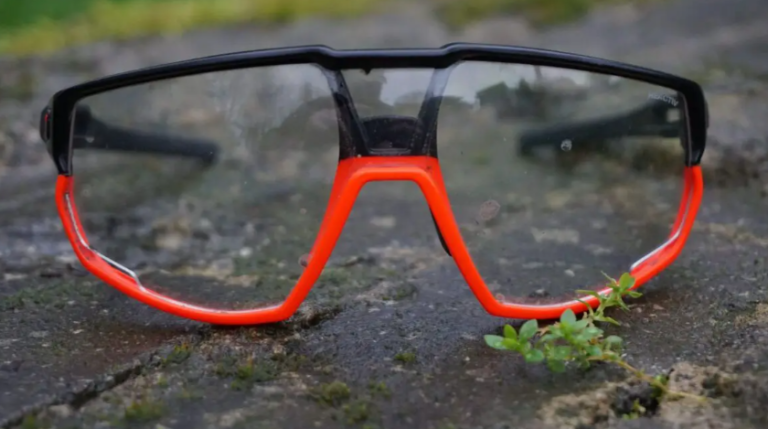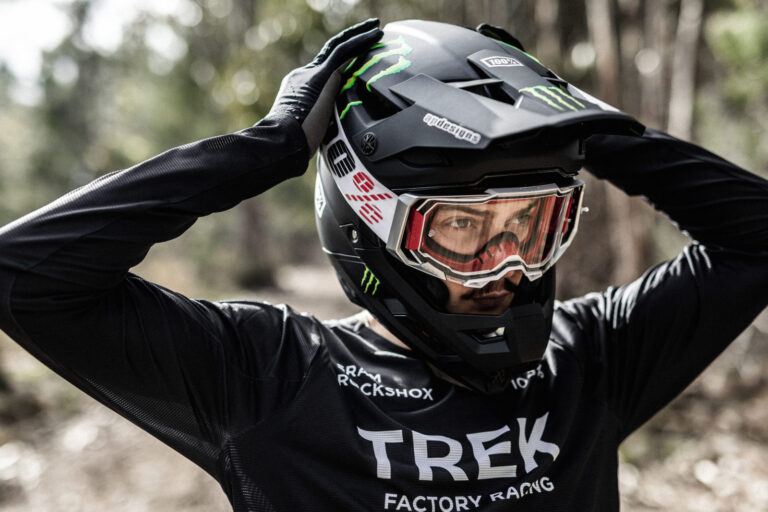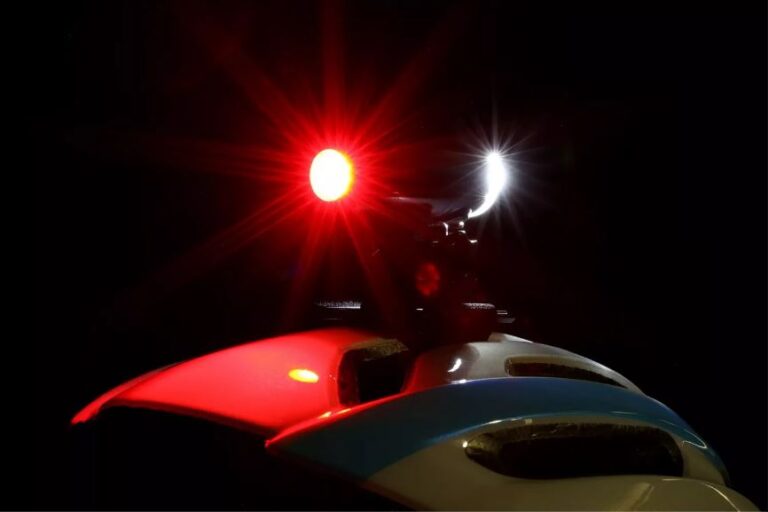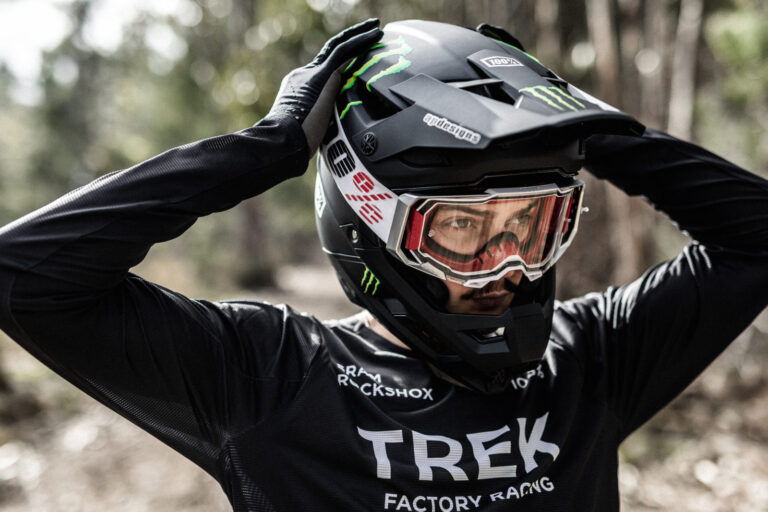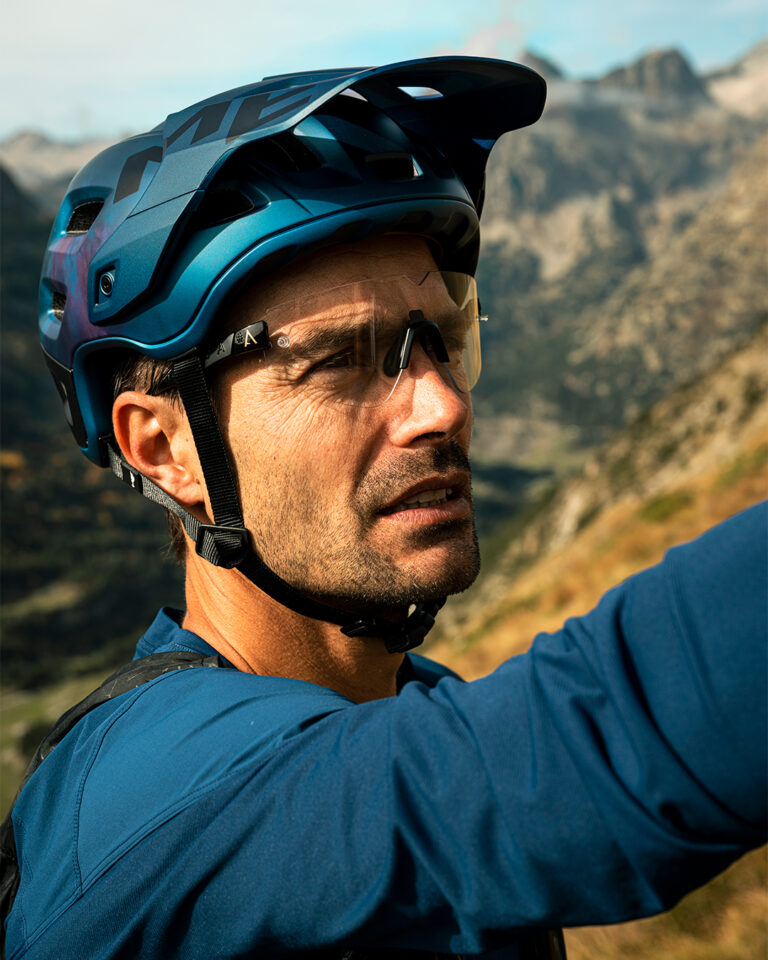Customizing Mountain Bike Helmets: Personalizing Your Ride for Style and Safety
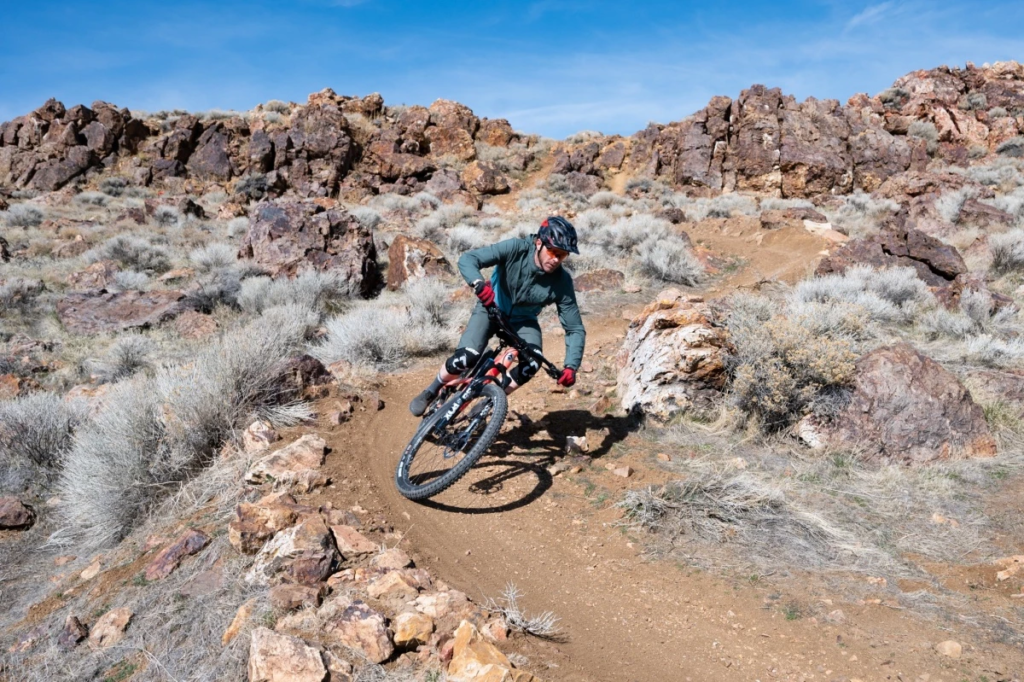
Key Point Summary of Customizing Mountain Bike Helmets:
- Customizing for Style and Safety: How personalizing your MTB helmet can enhance both looks and protection.
- Creative Helmet Design Options: Exploring various ways to customize your mountain bike helmet.
- Tips for Personalizing Your Gear: Practical advice for adding a personal touch to your MTB helmet.
As a seasoned cyclist with a wealth of experience in mountain biking, gravel biking, and cyclocross, I have always valued both the functionality and personal expression that comes with customizing my gear, especially helmets. This article is crafted for beginner and mid-level cyclists eager to add a personal touch to their mountain biking experience.
Customizing for Style and Safety
Custom MTB helmets are not just about standing out on the trails; they’re about complementing safety with personal style. Over the years, I’ve found that a helmet that reflects my personality boosts my confidence and enjoyment. But remember, any customization should never compromise the helmet’s primary function – protection.
Creative Helmet Design Options
Stickers and Decals
Adding stickers or decals is an easy way to start customizing. I remember adorning my first MTB helmet with decals from every race I participated in, turning it into a story of my cycling journey.
Paint and Artwork
For those who are artistically inclined, custom painting your helmet can be incredibly rewarding. Use helmet-safe paints, and perhaps practice on an old helmet first. I’ve seen some truly stunning hand-painted helmets on the trails.
Additional Accessories
Mounting a camera or adding a visor can also personalize your helmet. These functional additions can enhance your riding experience, as I found when I added a visor to my helmet for better sun protection.
Tips for Personalizing Your Gear
Maintaining Safety Standards
Always ensure that your customization doesn’t hinder the helmet’s safety. Avoid drilling holes or making structural changes.
Consider the Material
When painting or sticking decals, consider the material of your helmet. Some adhesives or paints can degrade certain plastics.
Reflect on Your Riding Style
Your customization should reflect not just your personality but also your riding style. Whether you’re into aggressive downhill or leisurely trail rides, your helmet can be a reflection of your cycling persona.
Balancing Functionality with Aesthetics
When customizing your helmet, it’s crucial to maintain a balance between aesthetics and functionality. For instance, while adding accessories like cameras or lights, ensure they are securely mounted and do not disrupt the helmet’s weight distribution or comfort. In my early days of mountain biking, I learned this the hard way when an improperly mounted camera caused discomfort during a long ride.
Choosing the Right Materials
If you decide to add paint or artwork, selecting the right materials is key. For example, using water-based paints can be safer for the helmet’s structure compared to oil-based alternatives. I’ve seen fellow cyclists create incredible designs using the right kind of paints, which last longer and keep the helmet safe.
Reflective Elements for Safety
Adding reflective elements can be both a stylish and practical customization. Reflective tapes or stickers not only look great but also enhance visibility during dusk or dawn rides. I’ve found this particularly useful during twilight adventures in the woods.
Getting Professional Customization
If you’re not confident in DIY customization, professional services can offer high-quality and safe options. I once opted for a professional custom paint job before a major race, which gave my helmet a spectacular and unique look without compromising its safety features.
Making it Unique
Customizing your helmet is an opportunity to make your gear one-of-a-kind. My current helmet features a mix of decals representing my favorite trails, a custom paint job reflecting my love for nature, and a clip-on light for night rides, making it not just a piece of safety equipment but a part of my cycling identity.
Pairing Your Custom Helmet with Your MTB Gear
Color Coordination
When customizing your helmet, consider how its color scheme can complement or contrast with your mountain bike and riding attire. For instance, if your bike has distinctive color accents, you might choose a helmet paint or decal color that matches or subtly contrasts with it. I’ve found that a well-coordinated color scheme not only looks great but also elevates my presence on the trails.
Thematic Customization
Beyond colors, think about a theme or style that reflects your personality or riding preference. Whether it’s a nature-inspired design, a racing stripe motif, or a graphic representing your favorite trail, this thematic approach creates a sense of identity. My current helmet features a forest-themed artwork that pairs perfectly with my green and brown riding gear, making for a stylish and personalized ensemble.
Functional Accessories
Pairing your helmet with practical accessories can enhance both its functionality and aesthetic. For example, a camera mounted on a sleek, custom-painted helmet not only captures your adventures but also adds a tech-savvy look. Similarly, integrating a visor that complements your helmet’s design can improve sun protection while adding to the overall style.
Reflective Elements for Safety and Style
Incorporating reflective elements into your helmet’s customization can serve a dual purpose – enhancing safety during low-light conditions and adding a unique visual element. These reflective designs can be matched with reflective details on your cycling clothes or bike, creating a cohesive look that stands out both day and night.
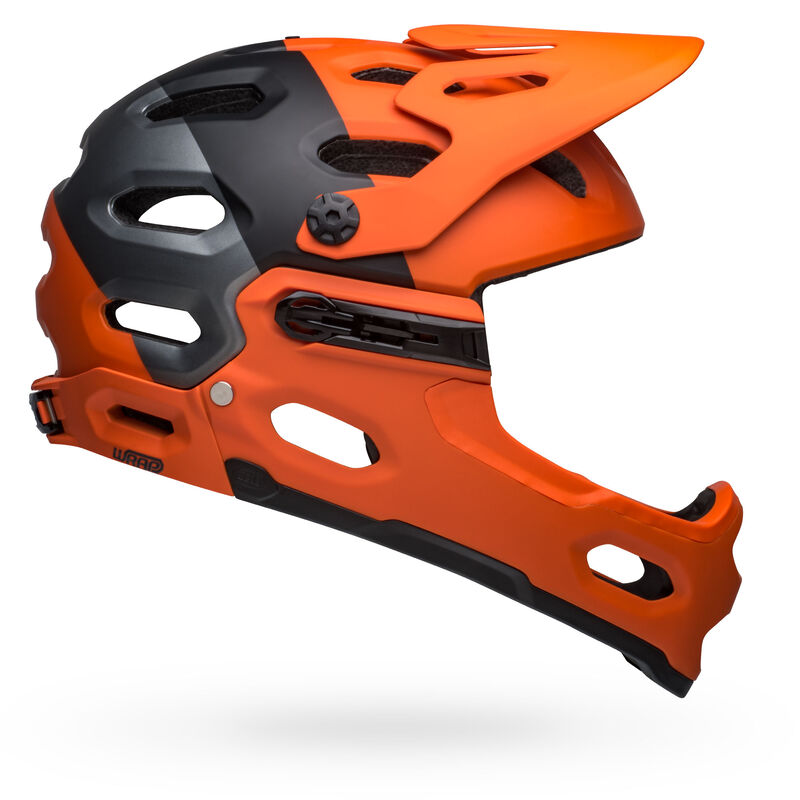
For customizing, I recommend choosing mountain bike helmets that are known for their quality, comfort, and ease of customization. Here are a few options:
- Giro Montaro MIPS: This helmet is not only renowned for its safety features like MIPS but also has a smooth, rounded surface that’s ideal for custom paint jobs or decals.
- Bell Super 3R MIPS: Known for its removable chin bar, the Bell Super 3R offers versatility and a large surface area for customization. It’s also MIPS-equipped for added safety.
- Smith Forefront 2: Featuring a lightweight design with ample ventilation, this helmet provides a great canvas for customization. Its unique design also stands out on the trails.
These helmets provide a great balance of safety, comfort, and customization potential, making them excellent choices for riders looking to personalize their gear.
FAQ
Can you paint MTB helmets?
Yes, you can paint MTB helmets, but it’s important to use helmet-safe paints to avoid damaging the helmet’s structural integrity. Always check the helmet manufacturer’s guidelines before painting, as some chemicals in certain paints can weaken the helmet material. For guidance, you can check out this YouTube DIY video from Misspent Summers on how to custom and paint your MTB helmet.
What paint to use on helmet?
For painting a helmet, it’s best to use water-based acrylic paints as they are less likely to react negatively with the helmet material. Avoid using oil-based or solvent-based paints as they can degrade the helmet’s structure. Always ensure the paint is compatible with the helmet’s material. For more detailed instructions and tips, check out this YouTube DIY video from MTB Trail Rider on how to custom and paint your MTB helmet.
Can I modify my helmet?
You can modify your helmet with cosmetic changes like paint or decals, but avoid structural modifications, as they can compromise the helmet’s safety and integrity. Always ensure that modifications do not obstruct ventilation or the helmet’s protective features.
How much does a custom-painted helmet cost?
The cost of a custom-painted helmet can vary widely, typically ranging from $100 to $500 or more, depending on the complexity of the design, the reputation of the artist, and the quality of the paint used. Some high-end custom jobs, especially those with intricate designs or by well-known artists, can be even more expensive.
Final Thoughts
Customizing your mountain bike helmet can significantly enhance your riding experience, allowing you to express your personality and improve functionality. It’s important, however, to always prioritize safety and ensure any modifications do not compromise the helmet’s protective capabilities. With the right approach, your helmet can become a symbol of your cycling journey and style.
Customizing your mountain bike helmet is also a creative process that extends beyond the helmet itself. It’s about creating a harmonious and functional pairing with your entire mountain biking setup. This holistic approach to customization not only boosts your style quotient but also enhances your overall riding experience. The key is to express your unique style while ensuring functionality and safety.
John


